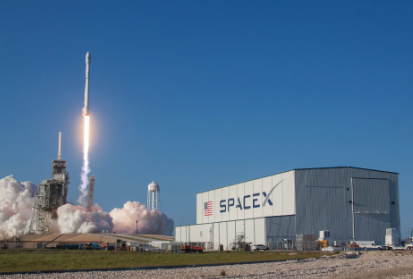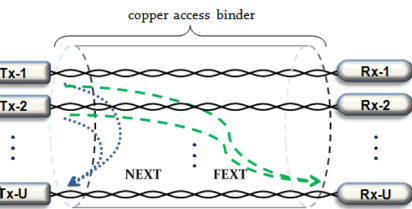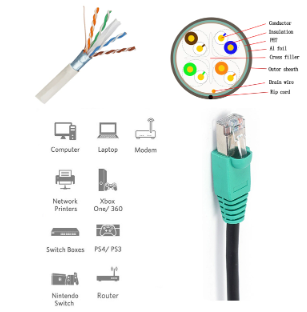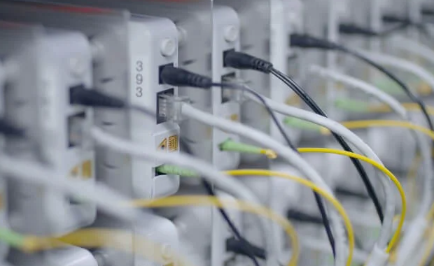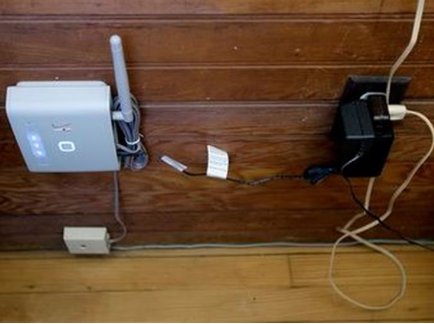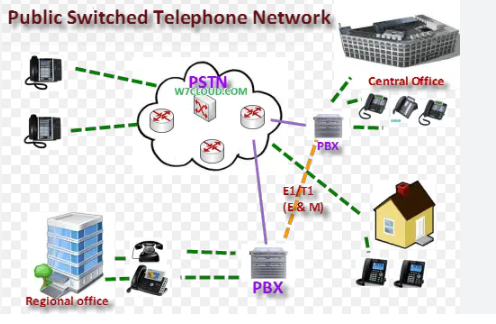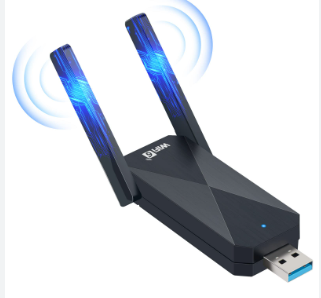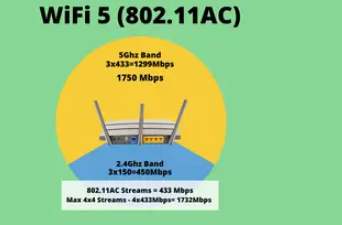Mass Effect: Andromeda – A New Frontier in Gaming by BioWare
Introduction
The Mass Effect series, developed by BioWare, has captivated gamers with its immersive storytelling, rich world-building, and compelling characters. In 2017, BioWare released Mass Effect: Andromeda, the highly anticipated fourth installment in the franchise. This blog post aims to explore the world of Mass Effect: Andromeda, highlighting BioWare’s innovative approach to gameplay, the vast Andromeda galaxy, and the game’s impact on the Mass Effect universe.

- The Legacy of Mass Effect
Before delving into Mass Effect: Andromeda, it is essential to appreciate the legacy of the Mass Effect series. The original trilogy, consisting of Mass Effect, Mass Effect 2, and Mass Effect 3, introduced players to Commander Shepard’s epic journey to save the galaxy from the Reapers. The series was renowned for its branching narratives, player choices with far-reaching consequences, and memorable characters. - The Andromeda Initiative
Mass Effect: Andromeda takes place 600 years after the events of the original trilogy. In this installment, players assume the role of either Scott or Sara Ryder, one of the Ryder twins, as they lead the Andromeda Initiative’s mission to explore the Andromeda galaxy and establish new colonies.
The Andromeda Initiative represents a bold step forward for humanity, as the Milky Way’s inhabitants seek a new home in a distant and uncharted territory. The game’s plot revolves around the Ryder siblings’ efforts to navigate the challenges of settling unfamiliar worlds, encountering new species, and uncovering the mysteries of the Andromeda galaxy.
- Open-World Exploration and Gameplay
Mass Effect: Andromeda offers a vast open-world experience, allowing players to freely explore a variety of planets, moons, and space stations. The game’s Frostbite engine brings these environments to life with stunning graphics and detailed landscapes.
BioWare introduced a new dynamic movement system, enhancing the gameplay experience. Players can now utilize a jetpack called the Jump Jet, enabling them to traverse rugged terrain, scale cliffs, and engage in vertical combat. Additionally, the game incorporates a flexible class system, allowing players to customize their combat style and abilities.
- Characters and Relationships
One of the defining aspects of the Mass Effect series is the depth of its characters and the relationships players can form with them. Mass Effect: Andromeda carries on this tradition by introducing a new cast of characters, each with their unique personalities, backstories, and motivations.
Players can form bonds, friendships, and even romantic relationships with these characters, further immersing themselves in the game’s narrative. Mass Effect: Andromeda – A New Frontier in Gaming by BioWare; These relationships evolve over time, influenced by the choices and actions of the player, adding emotional weight and depth to the overall experience.
- Impact on the Mass Effect Universe
While Mass Effect: Andromeda takes place in a new galaxy, it still maintains ties to the original trilogy. The game expands the lore and universe of Mass Effect, introducing new alien species, technologies, and conflicts. Players may also encounter familiar races and references to events from the previous games, creating a sense of continuity and nostalgia.
Moreover, the success of Mass Effect: Andromeda has significant implications for the future of the franchise. BioWare has expressed its commitment to further exploring the Andromeda galaxy and continuing the story of the Ryder siblings, potentially leading to future installments that build upon the foundation laid by Mass Effect: Andromeda.
Conclusion
Mass Effect: Andromeda represents a bold new chapter in the Mass Effect franchise. Mass Effect: Andromeda – A New Frontier in Gaming by BioWare, With its expansive open-world exploration, improved gameplay mechanics, and intricate character relationships, BioWare has once again demonstrated its ability to create immersive and engaging gaming experiences.
While the game faced some criticism upon release, it is important to acknowledge the vast world-building and potential it brings to the Mass Effect universe. As fans eagerly await the next installment, Mass Effect: Andromeda stands as a testament to BioWare’s commitment to storytelling, exploration, and pushing the boundaries of interactive entertainment.

